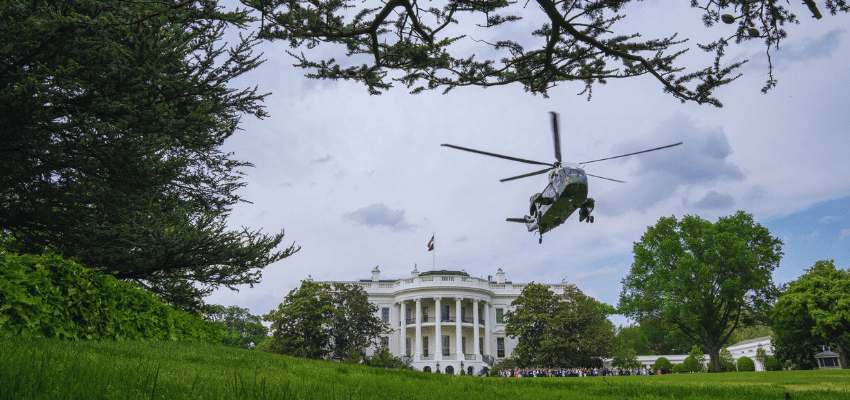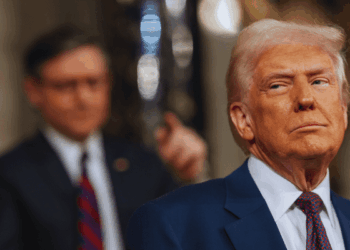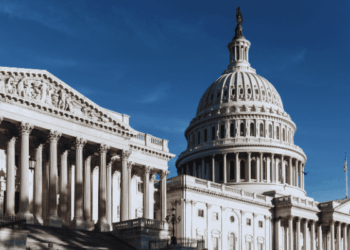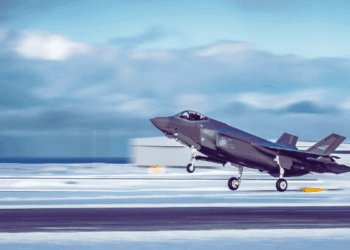This article originally appeared in the Toronto Star.
By Alan Kessel, May 5, 2025
When Prime Minister Mark Carney travels to Washington on Tuesday to meet President Donald Trump, it will be more than a diplomatic courtesy call. It will be a pivotal test of Canada’s ability to navigate the fault lines of a shifting world order — and to assert its sovereign leadership in North America.
Carney’s trip comes just weeks before Canada hosts the G7 Summit at Kananaskis — a once-in-seven-years opportunity to shape the agenda of the world’s leading democracies. Rarely has that convening carried higher stakes. With Trump’s return to the Oval Office, America’s relationship with its G7 partners is strained anew by protectionism, tariffs, and a transactional approach to alliances. Meanwhile, G6 members — Canada, Britain, France, Germany, Italy, and Japan — are struggling to defend the principles of open markets and collective security that have underpinned prosperity for generations.
Carney’s challenge is clear. In Washington, and at Kananaskis, he must pursue two interlocking missions:
• First, he must bring President Trump constructively into the G7 framework — not by confrontation, but through pragmatism and mutual interest.
• Second, he must demonstrate that Canada is not a junior partner, but an indispensable North American power with sovereign leverage and global alliances that matter.
The path forward begins Tuesday.
Carney’s strength lies in his credibility. As a former G7 central banker, he speaks the language of economic power — and he knows how markets reward stability and punish isolation. His private message to Trump should be simple: you want wins at home and Canada can help deliver them. Undermining us weakens your hand, not ours.
The strategy should rest on three pillars:
First, design an agenda Trump can’t resist
Rather than boxing him into multilateral communiqués, Carney should offer modular initiatives that allow selective buy-in: North American energy security, joint infrastructure finance, and supply chain resilience. These aren’t abstract goals — they mean American jobs and strategic independence. They are also areas where Canada brings assets no other ally can match: critical minerals, energy resources, and Arctic security.
Second, showcase Canada’s bilateral leverage
Carney should propose concrete Canada-U. S. agreements — energy corridors, Arctic surveillance, cross-border infrastructure — that give Trump tangible victories. These remind Washington that Canada is not replaceable. Our proximity, resources, and security commitments through Norad make us a cornerstone of continental stability.
Third, position Canada as the G6’s North American voice
In the run-up to Kananaskis, Carney must co-ordinate tightly with G6 partners to maintain unity on core issues. But in Washington and in public, he should project steadiness and mediation, not antagonism. Canada can be the hinge between Washington and its oldest allies — the nation that keeps the table together when others walk away.
The public message, both in Washington and back home, should be unequivocal: “Canada strengthens North America by leading with global alliances, not retreating from them.” The private message to Trump should be equally clear: “Canada gives you leverage over China and Europe. Partnering with us enhances your hand abroad and secures wins at home.”
Kananaskis is Canada’s stage, but the choreography begins Tuesday in Washington. The eyes of allies and rivals alike will be on how Carney navigates this moment. Does Canada have the confidence to assert its leadership? Can it broker a G7 agenda that advances global resilience through North American strength?
Leadership is not granted — it is seized. Carney’s trip to Washington is the first step. If he succeeds, Kananaskis will be remembered not just as a summit of scenery, but as the place where Canada redefined its role on the continent and in the world.
Alan Kessel is a former legal adviser to the Government of Canada and deputy high commissioner of Canada to the United Kingdom. He is also a senior fellow at the Macdonald Laurier Institute and a contributor to the Center for North American Prosperity and Security.








